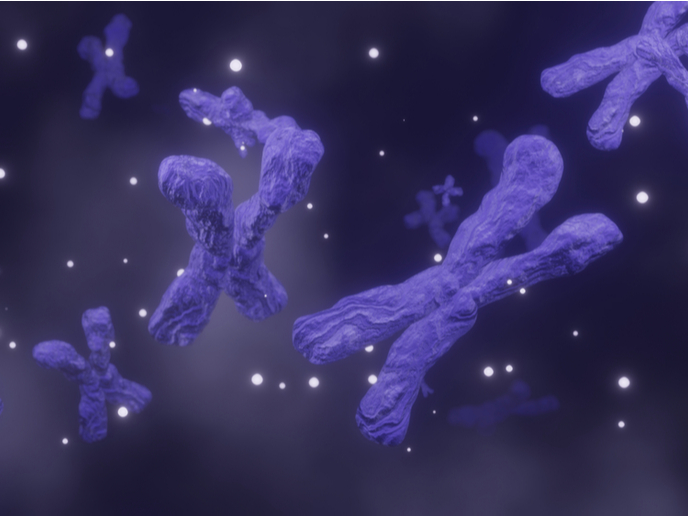New insight into RNA mutations and the role of ‘chaperones’
Ribonucleic acids (RNAs) are a class of single-stranded molecules that are mobile copies of the information contained in our DNA. They are translated into proteins to build our bodies. But much remains a mystery about RNA and its functions. Over the last 30 years, scientists have discovered it is capable of far more than intermediating between DNA and proteins. EU project MuRChap has learnt more about the rules governing RNA chaperones. The research was carried out at Imperial College of London, with the support of the Marie Skłodowska-Curie programme. RNA transcripts are strings of information and like real string can bend, curve and attach to themselves. “This attachment process, what we call folding, can easily go wrong,” explains researcher Tobias Warnecke, Group Leader of the Molecular Systems Group at the MRC London Institute of Medical Sciences (LMS) and Imperial College London. “RNA chaperones help RNAs to fold correctly.”
Clever chaperones
The project focused on the mutations that make it more likely that the RNA folds defectively, asking how RNA chaperones buffer or mitigate them. “Many mutations are what we call ‘neutral’ – they make no difference to your survival and reproductive success,” says Warnecke. “Some, on the other hand, are deleterious. The chaperone can render some mutations that would otherwise be problematic, almost invisible.” The MuRChap team took an organism called Tetrahymena, common in ponds, and examined group I intron, which integrates into the genes of the host organism. It can remove itself from the RNA transcript before getting translated into protein. RNA structure is important for intron: it can only remove itself if it folds properly. The researchers introduced tens of thousands of mutations into the group I intron, generating close to all possible combinations of mutations in a small section of the RNA they knew to be critical for its function. They arranged the experiment so that each RNA copy is produced by a different Escherichia coli cell. The cell can only survive if the intron folds as it should. “We can then measure how bad certain mutations are by monitoring which mutation combinations we don’t find after letting E. coli multiply,” notes Warnecke. The results were conclusive: “We found that the RNA chaperone does have an impact on which mutation combinations survive and which don’t.” However, the effect of RNA chaperones on which mutation combinations are tolerated, and which are not, is complex. Warnecke hopes more fundamental research will follow to gain further insights, paving the way for RNA-based tools to tackle genetic diseases. “We want to improve our understanding of how common the buffering functions are. For example, do RNA chaperones in the human genome provide similar buffering to that seen in our simple model system? If so, does this buffering affect mutations in the human genome?” asks Warnecke.
Keywords
MuRChap, RNA chaperones, RNA-based tools, mutations, buffering







